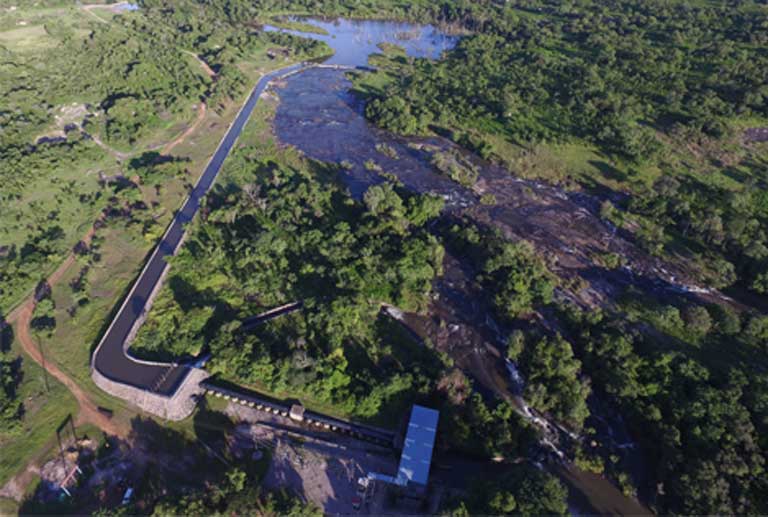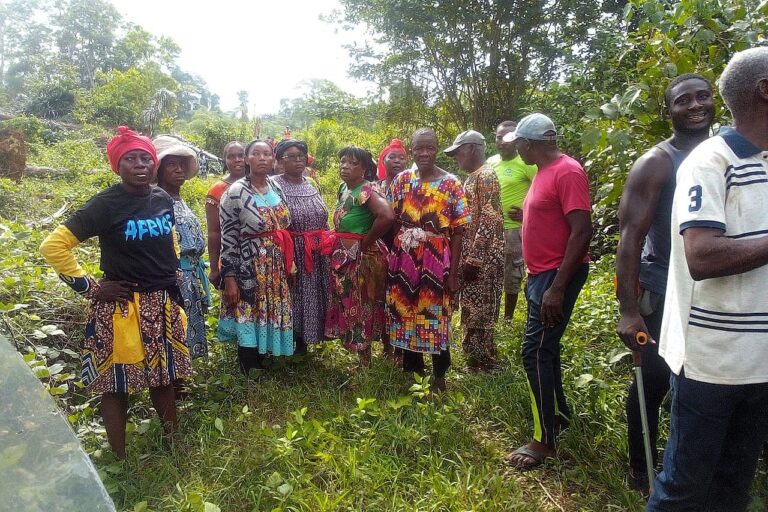- Brazil recently announced an end to its mega-dam construction policy, a strategy other nations may embrace as understanding of the massive environmental and social impacts of big dams grows.
- However, a trend long neglected by scientists and policymakers ¬ the rapid growth of small dams – has been spotlighted in a new study.
- Nearly 83,000 small dams in 150 nations (with 11 small dams for each large dam), exist globally, while that number could triple if all capacity worldwide is used. More than 10,000 new small dams are already in the planning stages. But small dam impacts have been little studied by scientists, and little regulated by governments.
- Environmentalists say that, with the rapid construction of new small dams, it is urgent for researchers to assess the impacts of different types of small dams, as well as looking at the cumulative impacts of many small dams placed on a single river, or on main stems and tributaries within watersheds.

In January, Brazil made a surprise announcement, ending its mega-dam building policy after years of pushing ahead with controversial projects such as the Belo Monte dam (the world’s third largest), and the Tapajós Complex. But although that comes as welcome news to environmentalists, it is overshadowed by some bad news: a five-fold increase in so-called small hydropower dams in Brazil over the last 20 years, as identified by a new study.
The escalating impacts of these numerous small dams should not be overlooked, warn scientists.
The research, led by Thiago Couto of the University of Washington, examined the scale and expansion of small hydropower dams worldwide. In total, 82,891 smaller dams were recorded in operation or under construction in 150 countries – that’s 11 small dams for each large dam globally. This number could triple, according to the new study, if all potential capacity is developed, with a further 10,569 small dams already in the planning stages. China leads the way, with over 47,000 small dams currently in operation.
Not only was the quantity and widespread distribution of small dams unexpected, but it was also “a big surprise that the environmental policies and the existing body of scientific knowledge are insufficient to guide and inform the fast expansion of the small hydropower sector,” Couto said.

The escalation in small hydropower development comes at a time when large dams are falling out of favour as a source of renewable energy: mounting evidence points to their direct and indirect social and environmental impacts ranging from driving deforestation and threatening food security, to contributing to carbon emissions and disrupting animal migration.
However, small hydropower dams should not necessarily be seen as a safer, greener option, the researchers argue: the term itself is arbitrary and has no bearing on the scale of negative impacts a dam might cause.
Small hydropower dams are defined by their generating capacity, but these definitions “vary substantially, ranging from up to 1 megawatt (MW) for facilities in Germany and Burundi to up to 50 MW for facilities in Canada, China and Pakistan,” the researchers write.
“There is no scientific support for the classification of ‘small’ [dams] currently in use, and [yet,] this criterion is being applied in the environmental regulations of most countries,” Couto explained. “Environmental regulations must dissolve the “small” modifier and look beyond the capacity-based criterion to be more efficient.”
So-called small hydropower plants vary not only in their size, but also in their method of operation. They can be broadly classified according to whether or not water is stored in a reservoir, and whether water is diverted to reach the powerhouse, both of which classifications can significantly affect the amount of influence a dam has on water levels and flow regimes.

These factors, among others, become more relevant when assessing likely environmental impacts of planned dams, Couto said: “Metrics like dam height, reservoir area, and the proportion of flow alteration are generally ignored by environmental policies but have been identified in the scientific literature as predictors of the ecological effects of dams.”
A further issue flagged up by the study was the lack of coordinated planning and impact assessment within entire watersheds. “[M]any watersheds are absorbing multiple small dams, but regulations and policies give very limited attention to the cumulative impacts caused by dams in aggregate,” said Couto.
David Kaplan, who leads a watershed ecology research group at the University of Florida, agrees that this is major overlooked environmental issue. There is “the potential for substantial cumulative impacts from thousands of small, unregulated systems on riverine hydrology and ecology, particularly for headwater streams and smaller rivers,” he said.
Kaplan points to additional concerns: “While some impacts of small hydro are smaller in magnitude than for large projects, they also produce far less electricity, which means many more need to be built to satisfy energy demands.” What’s more, Kaplan’s own research has shown that for each unit of energy generated, small dams can cause ten times the river hydrology impacts as larger dams.

The runaway growth in small hydropower development has been helped by a lack of rigorous licensing and legislation around their construction. In many countries, including Brazil, the licensing process is simplified or absent for dams under a certain generating capacity; as many as two thirds of countries could lack specific environmental requirements for small hydropower dams the researchers report.
This is a serious oversight, they say, given the global appetite for sector expansion. “Future plans for small hydropower are concentrated in Asia, the Americas, Southern and Eastern Europe, and East Africa, which includes many mega-biodiverse countries in the tropics and sub-tropics like China, India, Malaysia, Philippines, Brazil, Colombia and Peru,” Couto said. “Some regions like the Himalayas, the Tibetan Plateau and the Andes are of high interest for hydropower development, but these regions also host a high number of endemic freshwater species.”
In the case of Brazil, a shift away from building mega-dams will lead to an “even stronger push for small hydro development,” warns Kaplan. The rapid pace and scale of small dam development demands increased scientific attention to environmental impacts, and more robust policy and regulation – urgent priorities in Brazil and beyond.
Citation:
Couto, T. B. A. and Olden, J. D. (2018) Global proliferation of small hydropower plants – science and policy. Front Ecol Environ 2018; doi: 10.1002/fee.1746
FEEDBACK: Use this form to send a message to the author of this post. If you want to post a public comment, you can do that at the bottom of the page.













